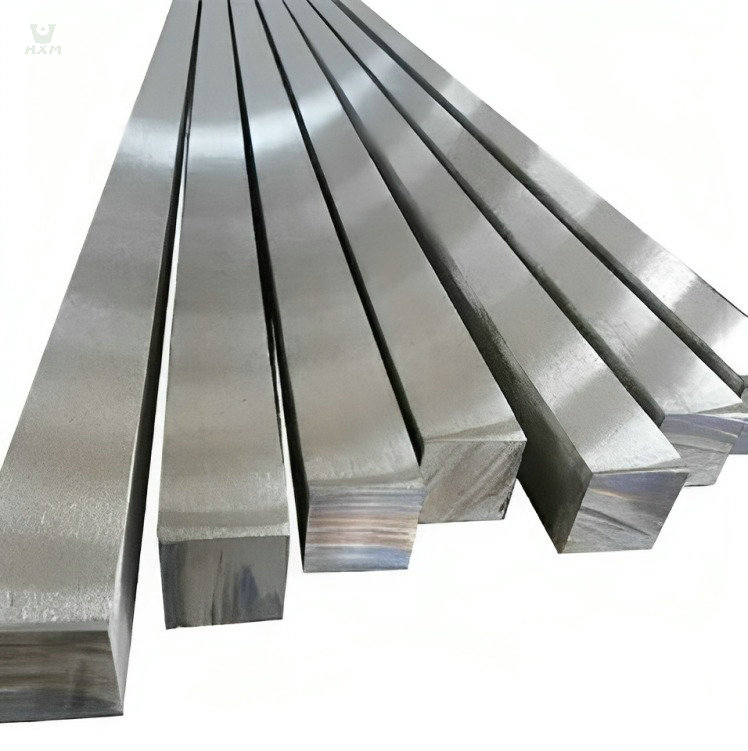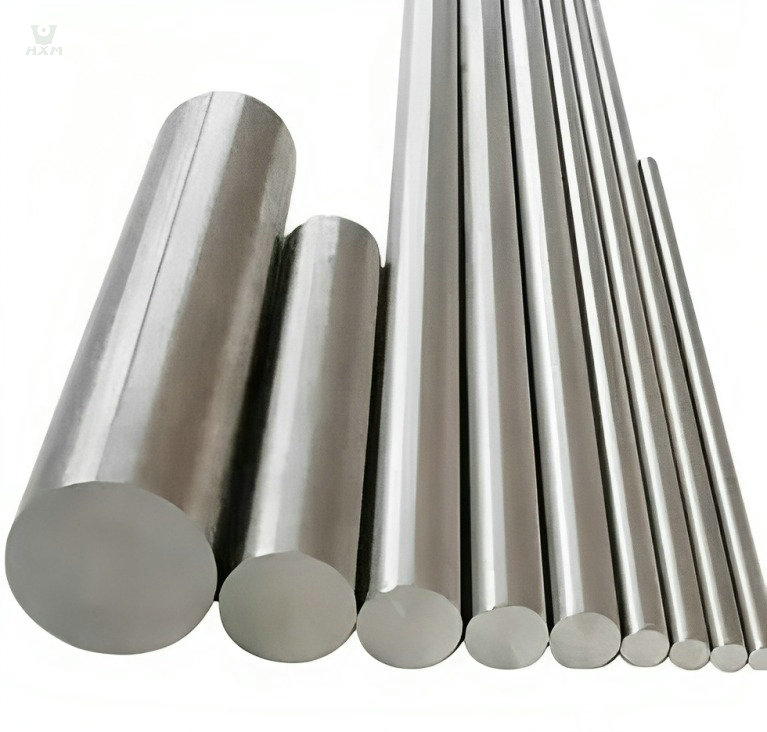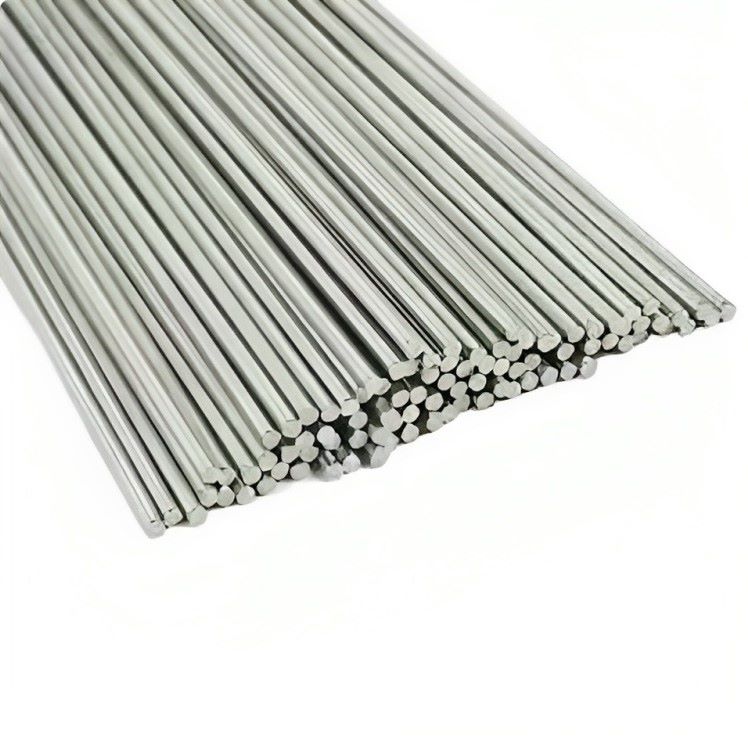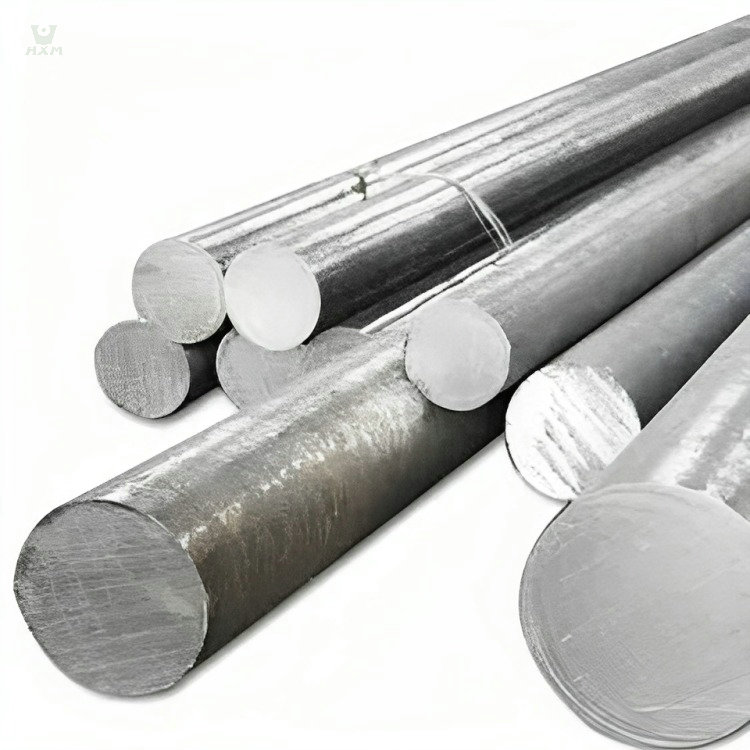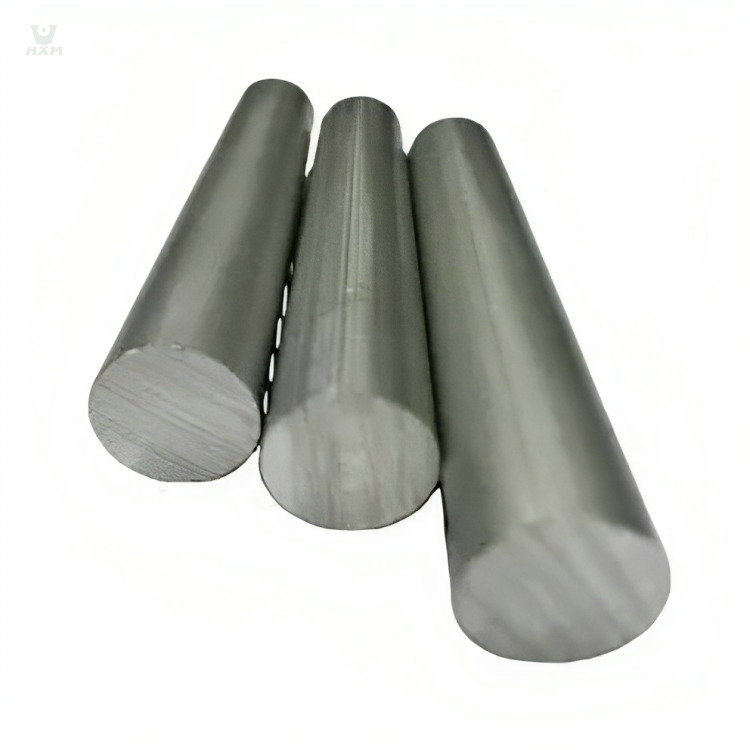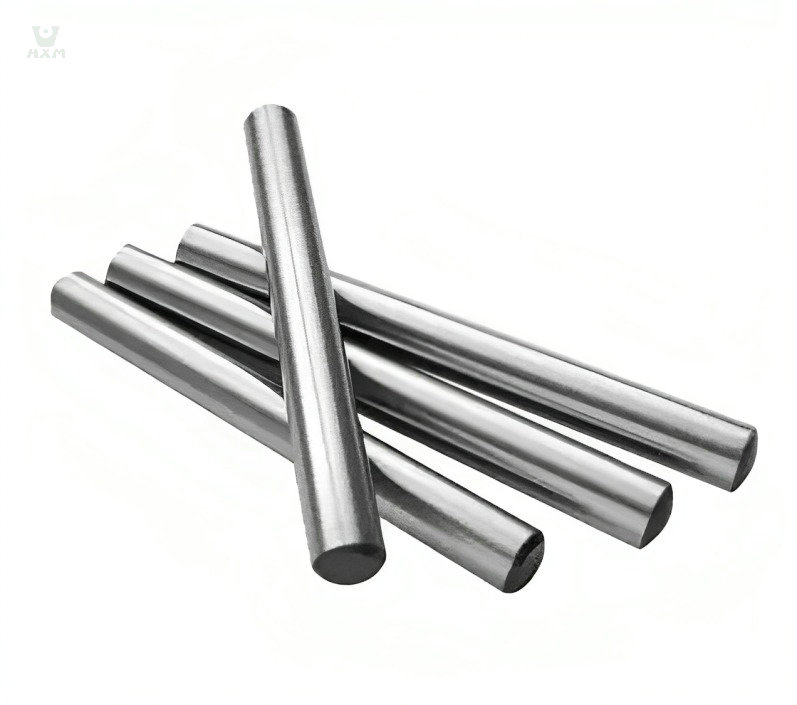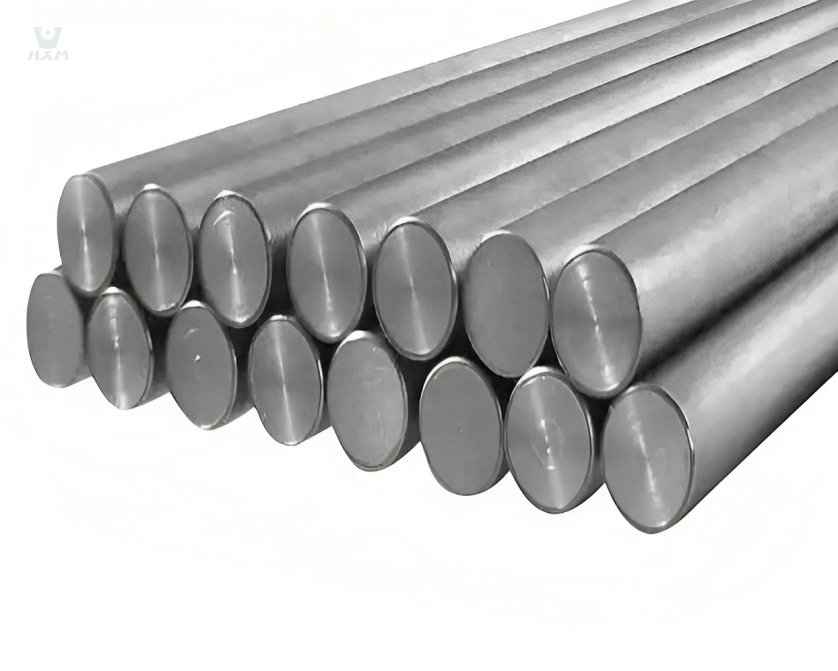
201 Stainless Steel Bar Supplier In China
Diameter: 3mm-480mm, 1/8″ to 2 1/4″
Standard: GB1220, ASTM A484/484M, EN 10060/ DIN 1013 ASTM A276, EN 10278, DIN 671
Shape: round, flat, square, angle, hexagonal
Finish: Black, NO.1, mill finish, cold draw, H9, H11
Product Description Of 201 Stainless Steel Bar
The 201 stainless steel bar is a low-nickel, high-work hardening austenitic chromium-nickel-manganese stainless steel. It comprises a Cr-Ni-Mn alloy designed for robustness and cost-effectiveness. With a lower nickel content, it’s cost-efficient yet challenging for shaping. Its higher manganese content enhances strength and durability. Unresponsive to hardening via heat treatment, it can substitute higher-nickel alloys in specific applications.
Used extensively in petroleum, chemical, heating, water systems, pulp manufacturing, power plants, food processing, among others. Complies with ASTM A276, ASTM A479, ASTM A484, ASTM A582, ASTM B473 standards. Various surface treatments like hot-rolled acid washing, cold drawing, polishing, and wire drawing are available. Offers diverse shapes for manufacturing. The 201 stainless steel bar is a resilient choice with wide-ranging applications, offering durability and cost efficiency.
specification Of 201 Stainless Steel Bar
chemical composition of 201 stainless steel bar
| Element | Composition (%) |
|---|---|
| Carbon (C) | ≤0.15 |
| Silicon (Si) | ≤0.75 |
| Manganese (Mn) | 5.5-7.5 |
| Chromium (Cr) | 16.0-18.0 |
| Nitrogen (N) | ≤0.25 |
| Phosphorus (P) | ≤0.060 |
| Sulfur (S) | ≤0.03 |
| Nickel (Ni) | 3.50-5.50 |
physical property of 201 stainless steel bar
| Property | Value |
|---|---|
| Density | 7.87 g/cm³ |
| Melting Point | 1400-1450°C |
| Thermal Conductivity | 16.3 W/m·K |
| Specific Heat Capacity | 0.50 J/g·K |
| Electrical Resistivity | 0.000093 ohm·cm |
| Magnetic Permeability | ~1.02 (at 200 Oersted) |
mechanical property of 201 stainless steel bar
| Property | Value |
|---|---|
| Tensile Strength | 520-720 MPa |
| Yield Strength | 275-310 MPa |
| Elongation | 45-55% |
| Hardness (Brinell) | 183 max (HB) |
| Modulus of Elasticity | 200 GPa |
| Poisson’s Ratio | 0.28 |
features Of 201 Stainless Steel Bar
The feature of high work hardening in 201 stainless steel bar is attributed to its unique alloy composition and microstructure. This property denotes the material’s propensity to significantly increase in strength and hardness when subjected to plastic deformation or mechanical work.
201 stainless steel bar contains specific elements within its alloy, particularly manganese, contributing to this distinctive behavior. During deformation processes like bending or shaping, the crystalline structure of the steel undergoes rearrangement, inducing dislocations and creating internal stresses within the material.
The presence of manganese in 201 stainless steel initiates complex interactions within its atomic lattice, impeding the movement of dislocations and hindering the plastic flow of the material. This obstruction leads to an accumulation of defects within the steel’s microstructure, causing strain hardening or work hardening.
As a result, 201 stainless steel bar exhibits enhanced strength, hardness, and durability after mechanical work, making it suitable for applications requiring robust materials capable of withstanding deformation without sacrificing structural integrity. This characteristic underscores its significance in industries where resilience and strength are essential factors for material performance.
The cost-effectiveness of 201 stainless steel bar stems from its unique alloy composition and manufacturing process. This alloy, featuring lower nickel content compared to other stainless steel grades, offers a cost-efficient alternative while retaining commendable corrosion resistance and mechanical properties.
The reduced nickel content in 201 stainless steel bar results in a more economical raw material cost, contributing to its affordability in comparison to higher-nickel alloys. This feature becomes particularly advantageous in applications where cost considerations are crucial without compromising essential performance requirements.
However, it’s essential to note that the reduced nickel content might affect certain properties like formability and corrosion resistance in specific environments. While 201 stainless steel bar provides a cost-effective solution, its machining characteristics may require specialized techniques due to its slightly lower ductility compared to higher-nickel stainless steel grades.
Despite these considerations, the cost-effectiveness of 201 stainless steel bar makes it a viable choice in various industries, allowing manufacturers to meet specific budgetary constraints while delivering satisfactory performance in applications where cost-efficiency is paramount.
The challenging machinability of 201 stainless steel bar arises primarily due to its specific alloy composition and structural characteristics.
The lower nickel content in 201 stainless steel bar, while offering cost-effectiveness, results in increased hardness and reduced ductility compared to some other stainless steel grades. This property makes machining and shaping more difficult, requiring specialized tooling and machining techniques to achieve desired shapes and dimensions.
Additionally, the presence of manganese, intended to enhance strength and durability, contributes to work hardening during machining processes. As the material undergoes deformation, it becomes increasingly resistant to further shaping, posing challenges in achieving precise and intricate designs.
Moreover, the crystalline structure of 201 stainless steel bar, characterized by austenitic phases, presents difficulties in chip formation and swarf control during machining operations. This can lead to increased tool wear and lower machining speeds, affecting productivity and efficiency.
To address these challenges, stainless steel bar supplier often employ optimized cutting parameters, tooling with specific geometries and coatings, and controlled cooling techniques during machining processes. Despite the challenges posed by its machinability, 201 stainless steel bar remains a viable material choice in applications where its unique properties and cost-effectiveness outweigh the difficulties in machining.
The enhanced strength observed in 201 stainless steel bar stems from its alloy composition and microstructural features.
The higher manganese content in 201 stainless steel bar contributes significantly to its increased strength. Manganese, as an alloying element, solidly dissolves in the iron matrix, promoting the formation of a solid solution. This solid solution strengthens the steel by impeding the movement of dislocations within the crystal lattice, thereby enhancing its resistance to deformation.
Additionally, the chromium content in this stainless steel variant enables the formation of chromium oxide on the surface, enhancing its corrosion resistance and, consequently, preserving its strength properties even in challenging environments.
The strengthening mechanism in 201 stainless steel bar is further accentuated by its ability to undergo work hardening. As the material undergoes deformation during shaping or machining processes, the rearrangement of dislocations within the crystalline structure leads to increased strength and hardness.
However, while 201 stainless steel bar offers enhanced strength, it’s essential to consider trade-offs, such as slightly reduced ductility compared to some other stainless steel grades. Despite this, the increased strength makes 201 stainless steel bar suitable for applications requiring robustness and durability under mechanical stress, providing a balance between strength and cost-effectiveness in various industries.
The characteristic of no hardenability by heat treatment in 201 stainless steel bar is an intrinsic property attributed to its specific alloy composition and microstructural behavior.
The 201 stainless steel alloy lacks the capability for significant hardening through conventional heat treatment methods due to its chemical composition. Unlike certain stainless steel grades that exhibit a martensitic transformation upon quenching from high temperatures, 201 stainless steel remains predominantly austenitic and does not undergo phase changes that result in increased hardness or strength.
This limitation in hardenability is primarily due to its composition, which does not promote the formation of martensite, a hardened phase achieved through rapid cooling or quenching. While the addition of certain alloying elements like carbon or nitrogen can promote hardening in some stainless steels, 201 stainless steel’s alloy constituents are designed to maintain its austenitic structure even under heat treatment conditions.
As a result, to achieve increased hardness or modify the material’s mechanical properties, alternative methods such as cold working, which induces work hardening, or specialized processes like strain hardening, are employed. These methods deform the material plastically, enhancing its strength and hardness without resorting to traditional heat treatment procedures.
Although 201 stainless steel bar does not exhibit hardenability through heat treatment, its inherent strength, corrosion resistance, and other mechanical properties make it suitable for various applications where heat treatment might not be required or feasible.
201 stainless steel bar possesses a noteworthy substitution potential in certain applications owing to its specific alloy composition and performance attributes.
The substitution potential of 201 stainless steel bar stems from its ability to offer cost-effective alternatives to higher-nickel-content alloys while maintaining acceptable corrosion resistance and mechanical properties. In situations where cost considerations outweigh the necessity for higher corrosion resistance provided by more expensive stainless steel grades, 201 stainless steel emerges as a viable substitute.
However, it’s important to note that the substitution potential of 201 stainless steel bar is subject to certain limitations. Its lower nickel content affects some properties, such as reduced ductility and corrosion resistance in certain environments, compared to higher-nickel alloys. Therefore, while it can substitute for certain applications, it might not be suitable for environments requiring higher corrosion resistance or specific mechanical properties.
Nevertheless, in applications where the properties of 201 stainless steel bar align with the operational requirements and where cost efficiency is a priority, it offers an attractive substitution potential, demonstrating a balance between performance and affordability in various industrial sectors.
application Of 201 Stainless Steel Bar
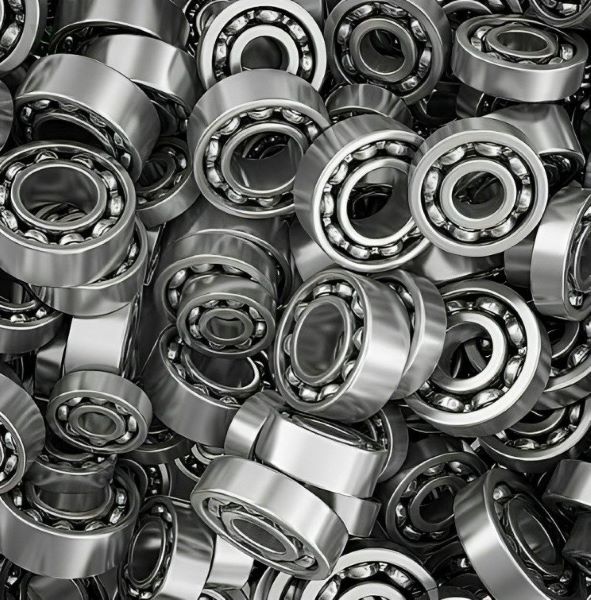
mechanical manufacturing industry
201 Stainless Steel Bar plays an important role in the mechanical manufacturing industry for the manufacture of mechanical parts, bearings, bolts, nuts, and other components that require corrosion and wear resistance. Its excellent corrosion resistance and strength properties enable it to operate consistently over long periods of time in a variety of engineering and mechanical applications, maintaining the integrity and durability of the parts. This material is favored for its outstanding performance in mechanical engineering.
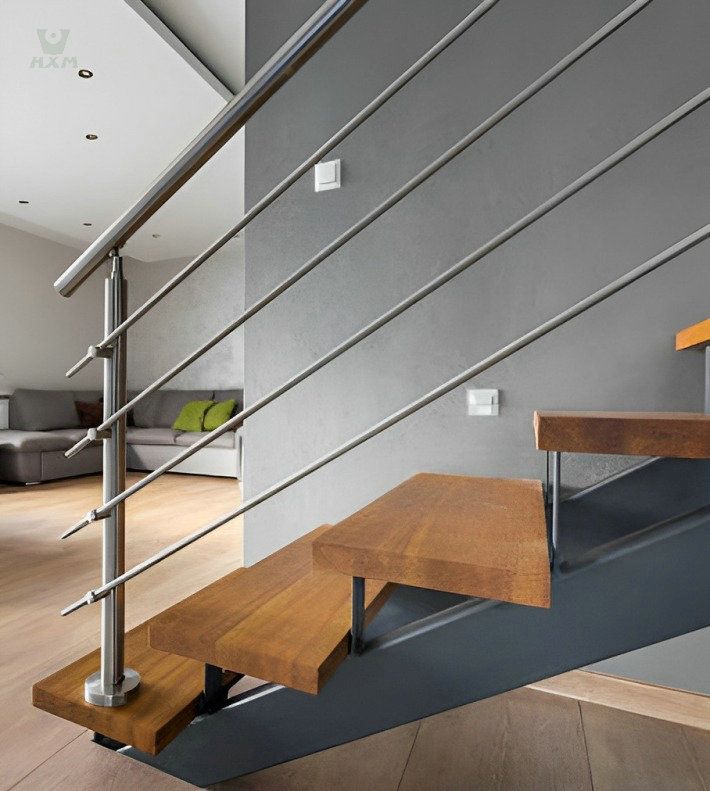
construction industry
201 Stainless Steel Bar has a variety of uses in the construction industry for structural building supports, decorative elements, and interior and exterior finishes. Its excellent weather resistance and strength make it ideal for use as a building material. Not only can it be used to build support structures, but it can also be used to make decorative parts, such as handrails, balustrades, and decorative strips, which add to the aesthetics of a building.201 stainless steel bar is widely used in architectural design due to its weather resistance and strength properties.
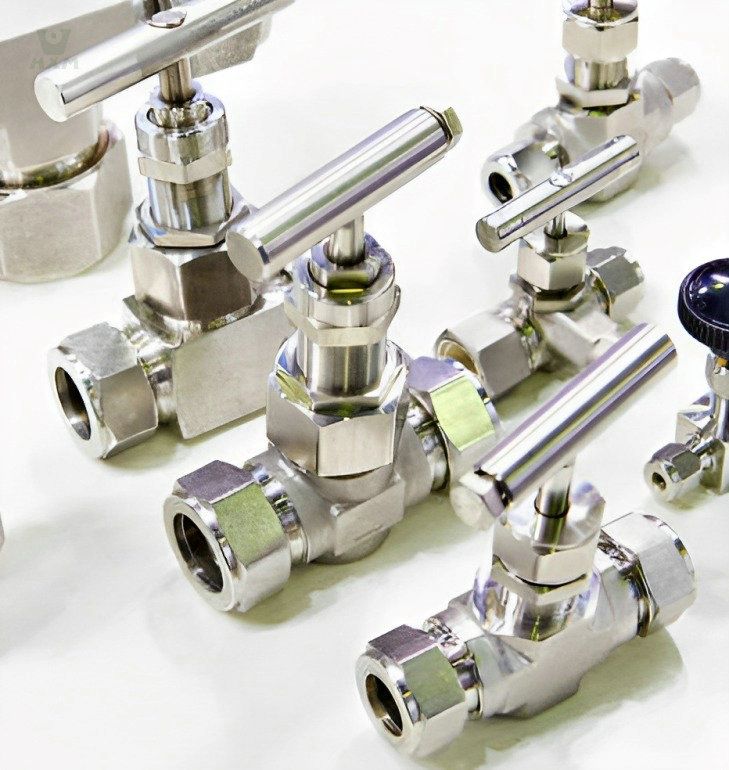
chemical industry
201 stainless steel bar plays a key role in the chemical industry and is used to manufacture chemical equipment such as valves and connectors. Its corrosion resistance enables it to withstand a wide range of chemical media, including acidic, alkaline and salt solutions. The stability and durability of this material makes it ideal for chemical equipment, ensuring long-term stable operation while providing excellent protection against corrosion from chemical media to meet the demanding requirements of chemical production.
FAQ
The distinction between 201 stainless steel bar and 202 stainless steel bar primarily lies in their chemical compositions. Both alloys belong to the austenitic class but possess different alloying elements and properties.
201 stainless steel bar contains about 17-19% chromium, 4-6% nickel, and a small amount of manganese, nitrogen, and other elements. Meanwhile, 202 stainless steel bar typically has 16-18% chromium, 4-6% nickel, and traces of other elements like nitrogen and manganese.
The main variance is in their nickel content; 202 stainless steel bar generally contains less nickel compared to 201 stainless steel bar. This difference in nickel content affects their performance in terms of corrosion resistance, toughness, and cost-effectiveness. Additionally, both grades might have varied applications due to these compositional differences.
Consulting a reputable stainless steel bar supplier can provide precise details on the specific properties and applications of each grade for various industrial uses.
The contrast between 201 and 301 stainless steels bar lies mainly in their chemical compositions and mechanical properties. Both belong to different classes within the austenitic stainless steel family.
201 stainless steel typically contains around 16-18% chromium, 3.5-5.5% nickel, and a smaller amount of manganese, nitrogen, and other elements. Conversely, 301 stainless steel has approximately 16-18% chromium and 6-8% nickel but lacks the significant amount of manganese found in 201 steel.
The disparity in nickel and manganese content affects their overall performance. Generally, 301 stainless steel bar exhibits higher tensile strength and hardness than 201 stainless steel bar due to its higher nickel content. It also possesses improved corrosion resistance and formability.
Consulting a trusted stainless steel bar supplier can provide specific details regarding the mechanical and chemical properties, as well as the suitable applications for both 201 and 301 stainless steel grades in various industries.
Determining whether 201 stainless steel bar is superior to 304 stainless steel bar involves considering their individual properties and intended applications.
In terms of composition, 201 stainless steel typically contains about 16-18% chromium, 3.5-5.5% nickel, and some manganese and nitrogen. On the other hand, 304 stainless steel contains around 18-20% chromium and 8-10.5% nickel, with small amounts of manganese and nitrogen.
304 stainless steel is generally regarded as superior due to its higher corrosion resistance, particularly in harsh environments. It exhibits excellent resistance to corrosion from acids, alkalis, and chloride-bearing environments, making it suitable for various applications including food processing, chemical industries, and marine environments.
201 stainless steel, while offering good corrosion resistance, might not match the overall performance of 304 stainless steel. It is often chosen for less demanding applications or where cost considerations are essential.
To assess the best stainless steel for specific applications, consulting a reputable stainless steel bar supplier is recommended. They can offer detailed insights into the properties, suitability, and best usage scenarios for both 201 and 304 stainless steel bars based on the intended application and environmental conditions.
201 stainless steel can be used in food-related applications, but it’s important to note that it might not be universally considered food-grade stainless steel.
The composition of 201 stainless steel typically includes chromium (around 16-18%) and nickel (3.5-5.5%), among other elements. While it generally offers good corrosion resistance and is less expensive compared to some other stainless steel grades, it might not have the same level of corrosion resistance and purity as the more commonly recognized food-grade stainless steels like 304 and 316.
Food-grade stainless steels, such as 304 stainless steel bar and 316 stainless steel bar, are preferred for food processing and storage due to their higher resistance to corrosion, better sanitation properties, and the absence of contaminants that could potentially leach into food.
For applications where direct food contact is involved, it’s advisable to consult a reputable stainless steel bar supplier or expert in materials for food-grade standards and regulations to ensure compliance with specific requirements for safety and quality in food-related industries.
201 stainless steel is generally considered to be magnetic. Its magnetic properties stem from its microstructure, predominantly austenitic with varying degrees of ferrite content. While the presence of nickel in stainless steel often reduces its magnetic properties, the lower nickel content in 201 stainless steel compared to other grades like 304 or 316 renders it somewhat more magnetic.
However, the magnetic characteristics of stainless steel can vary depending on factors like the manufacturing process, cold working, and specific alloying elements present. These factors can influence the final magnetic properties of the stainless steel bars.
For precise information regarding the magnetic properties of 201 stainless steel bars or any specific stainless steel grades, consulting a reliable stainless steel bar supplier or materials expert is recommended. They can provide detailed insights into the magnetic behavior of different stainless steel grades based on the intended application or specific requirements.
Get In touch
Ready to Elevate Your Projects? Dive into our Stainless Steel Collection and Submit Your Specifications Today!
Phone/WhatsApp/WeChat:
+86 13052085117
Email: [email protected]
Address: RM557, NO.1388 Jiangyue Road, Shanghai China


